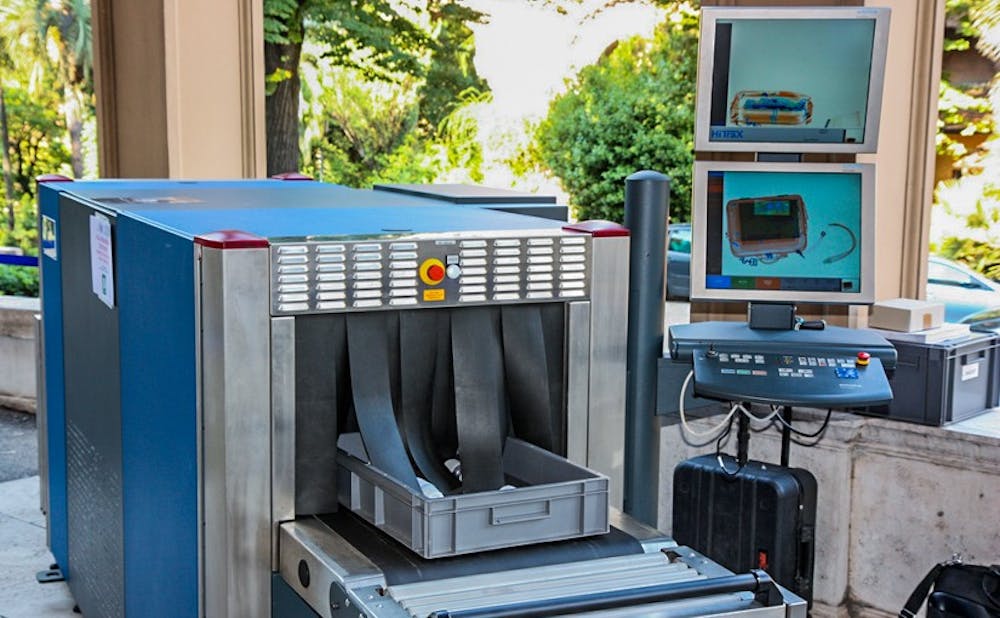Within two to three years, "deep learning technology" developed by Duke researchers could be in airports.
Smiths Detection Inc.—a manufacturer of security detection devices—recently announced a partnership with the Pratt School of Engineering to develop a deep learning algorithm aimed at reducing errors in baggage X-ray screening. Commissioned by the Transportation Security Administration more than a year ago, the partnership brings together a research team headed by Lawrence Carin, vice provost for research, and Kristofer Roe, director of Smiths Detection Inc.
“What we’re trying to do is to automate [X-ray screening],” Carin said. “To develop technology, which is called deep learning, that can automatically read those images and detect threats without any human intervention.”
Deep learning is a "hot field" in machine learning, he explained, involving algorithms whose architecture is essentially a multi-layered neural network—a structure which might be present in the human mind as well, according to some studies.
Although the technology does not seek to replace human intervention in the process of screening, there are advantages to reducing the amount of work that a human has to do when screening baggage, Carin noted.
“A human today has to focus on the whole image—most of which is not a threat, but the human has to look at everything,” Carin said. “It can get quite monotonous to see the same basic luggage images one after the other, and that makes it very difficult for a human to focus and pay attention all the time for that rare event where a threat is present.”
The proposed solution is an algorithm that could identify portions of the image appearing to contain threats. A security official would then review these select portions, thus significantly reducing the amount of work needed to be done and allowing the official to examine flagged regions of X-ray images with greater attentiveness.
More than a year ago, the TSA contacted Carin, who has worked in the field of deep learning, to ask if he was interested in developing the desired technology, and subsequently connected Carin's research team with Smiths Detection Inc.
For the last five months, Carin’s research team—composed of two graduate students and two post-doctoral students—has been working closely with Smiths Detection Inc. to "demonstrate feasibility" as part of phase one of the project. This has already been accomplished, Carin said.
Phase two involves the translation of the developed algorithm to Smiths Detection Inc.’s systems at airports. Phases one and two are slated to be completed within the next 13 months, Carin noted. Although Carin’s team is responsible for developing the deep learning algorithm, Smiths Detection Inc. will provide data, systems and subject matter expertise, and will ultimately serve as the "translational arm" of the project.
After demonstrating the capabilities in a setting "not exactly like an airport, but basically an airport," the technology will appear in airports within two or three years, Carin explained.
“Our goal is not to eliminate humans entirely, our goal is to improve the technology and allow humans to focus where they have unique capabilities,” he said.
Get The Chronicle straight to your inbox
Signup for our weekly newsletter. Cancel at any time.

